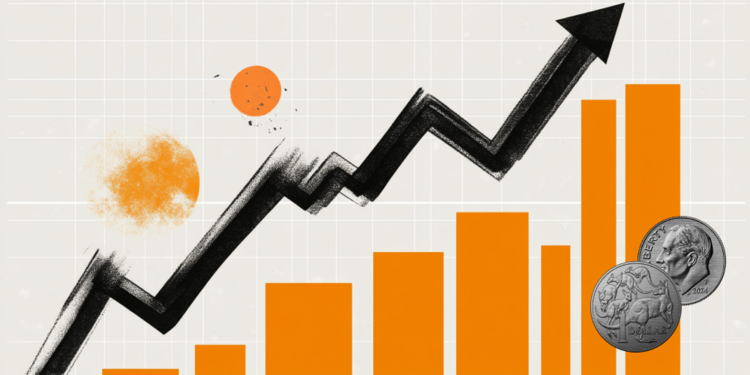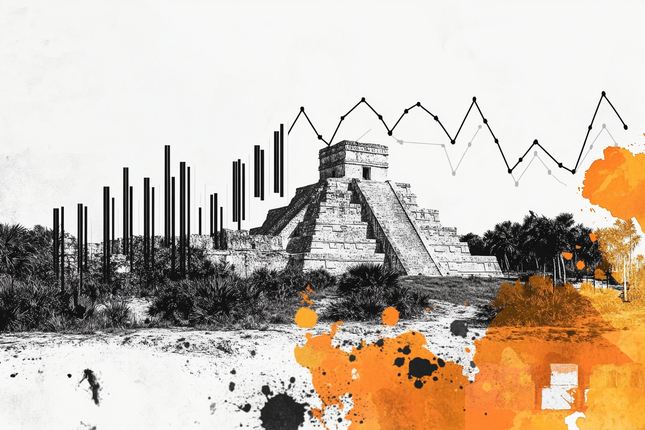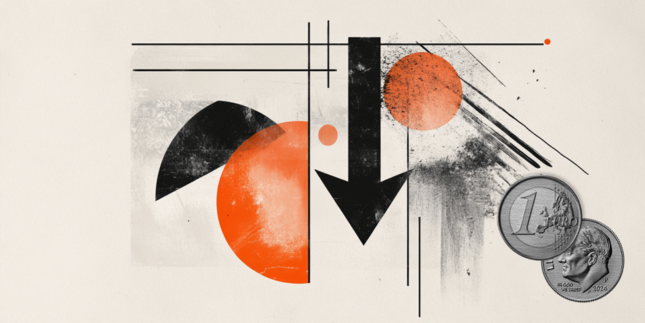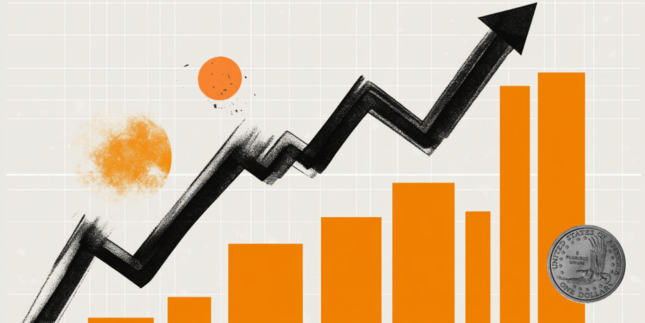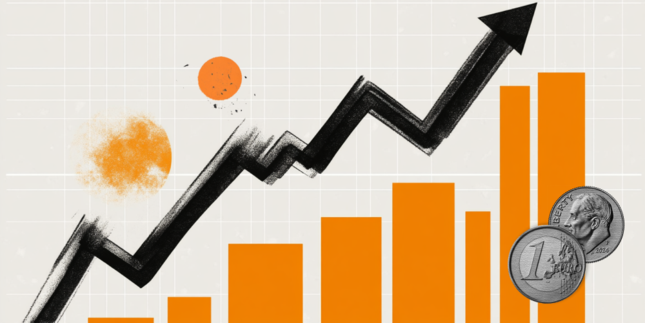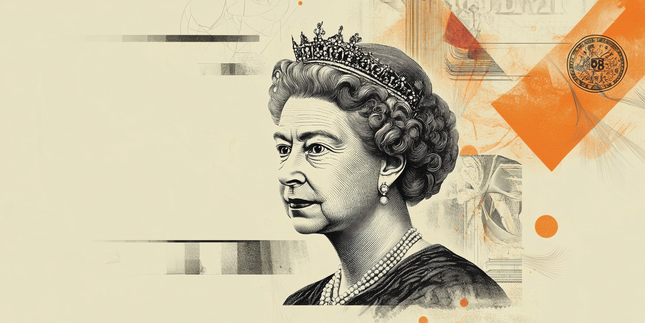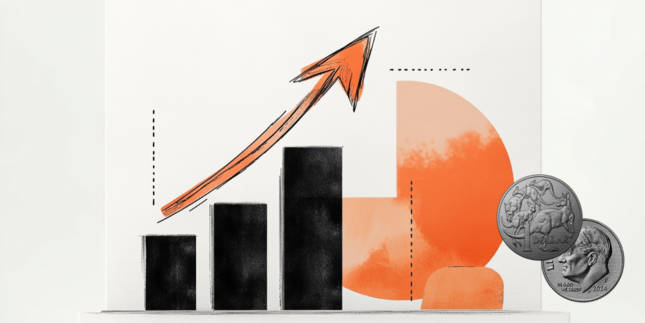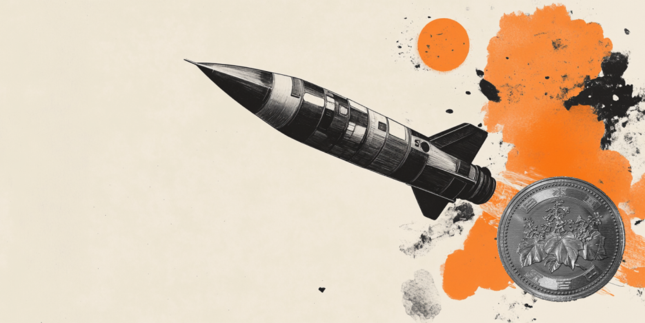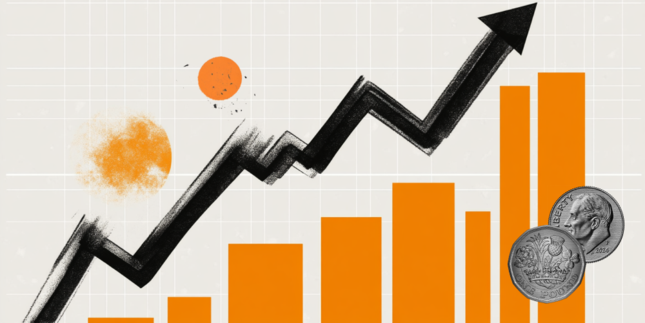Australian Dollar turns down despite hawkish RBA cut
- Aussie slips to 0.6345 amid a stronger US Dollar and negative market mood.
- RBA delivers a cautious 25bps rate cut to 4.10%.
- Tariff threats and trade tensions linger and limit the upside.
The AUD/USD pair halted its three-day recovery on the back of the firmer US Dollar (USD) and despite the Reserve Bank of Australia’s (RBA) hawkish cut although it managed to keep the trade above the 0.6300 barrier. Market participants remain vigilant about potential United States (US) tariff actions while digesting the RBA’s stance and waiting on further economic data.
Daily digest market movers: Aussie contends with trade and policy uncertainties and awaited RBA cut
- The RBA delivered a hawkish 25bps rate cut to 4.10%, in line with many forecasts, emphasizing that this move did not mark the start of an extended easing cycle.
- Uncertainty lingers over inflation trends and labor-market tightness which gave the statement a hawkish tone.
- Market watchers expect only one additional 25bps cut in Q3-2025, citing suboptimal productivity growth and enduring price pressures. However, if trimmed-mean Consumer Price Index (CPI) decelerates faster, the RBA may adopt a more accommodative stance.
- In addition, US President Donald Trump’s extended tariff threats on Chinese imports raise the possibility of countermeasures, threatening global sentiment and capping the pair’s upside.
- The US Dollar gained momentum after the Dollar Index (DXY) recaptured the 107.00 zone, fueled by recovering US yields, concerns over trade policies and a negative market mood due to the stalled negotiations between the US and Russia over Ukraine.
AUD/USD technical outlook: Pair remains above 20-day SMA as momentum stabilizes
The AUD/USD pair slipped 0.16% to 0.6345 on Tuesday, retreating from a multi-day upswing yet still trading near December highs. The Relative Strength Index (RSI) stands at 63, in positive territory but declining sharply, hinting that buying enthusiasm has eased slightly. Meanwhile, the Moving Average Convergence Divergence (MACD) indicator prints rising green bars, reflecting a gradual uptrend as the pair holds above its 20-day Simple Moving Average.
Despite modest losses, the Aussie retains a supportive tone, though a breach below 0.6300 could test bullish commitments. The next major upside target sits around the 100-day Simple Moving Average near 0.6670.
RBA FAQs
The Reserve Bank of Australia (RBA) sets interest rates and manages monetary policy for Australia. Decisions are made by a board of governors at 11 meetings a year and ad hoc emergency meetings as required. The RBA’s primary mandate is to maintain price stability, which means an inflation rate of 2-3%, but also “..to contribute to the stability of the currency, full employment, and the economic prosperity and welfare of the Australian people.” Its main tool for achieving this is by raising or lowering interest rates. Relatively high interest rates will strengthen the Australian Dollar (AUD) and vice versa. Other RBA tools include quantitative easing and tightening.
While inflation had always traditionally been thought of as a negative factor for currencies since it lowers the value of money in general, the opposite has actually been the case in modern times with the relaxation of cross-border capital controls. Moderately higher inflation now tends to lead central banks to put up their interest rates, which in turn has the effect of attracting more capital inflows from global investors seeking a lucrative place to keep their money. This increases demand for the local currency, which in the case of Australia is the Aussie Dollar.
Macroeconomic data gauges the health of an economy and can have an impact on the value of its currency. Investors prefer to invest their capital in economies that are safe and growing rather than precarious and shrinking. Greater capital inflows increase the aggregate demand and value of the domestic currency. Classic indicators, such as GDP, Manufacturing and Services PMIs, employment, and consumer sentiment surveys can influence AUD. A strong economy may encourage the Reserve Bank of Australia to put up interest rates, also supporting AUD.
Quantitative Easing (QE) is a tool used in extreme situations when lowering interest rates is not enough to restore the flow of credit in the economy. QE is the process by which the Reserve Bank of Australia (RBA) prints Australian Dollars (AUD) for the purpose of buying assets – usually government or corporate bonds – from financial institutions, thereby providing them with much-needed liquidity. QE usually results in a weaker AUD.
Quantitative tightening (QT) is the reverse of QE. It is undertaken after QE when an economic recovery is underway and inflation starts rising. Whilst in QE the Reserve Bank of Australia (RBA) purchases government and corporate bonds from financial institutions to provide them with liquidity, in QT the RBA stops buying more assets, and stops reinvesting the principal maturing on the bonds it already holds. It would be positive (or bullish) for the Australian Dollar.
Forex News
Keep up with the financial markets, know what's happening and what is affecting the markets with our latest market updates. Analyze market movers, trends and build your trading strategies accordingly.
